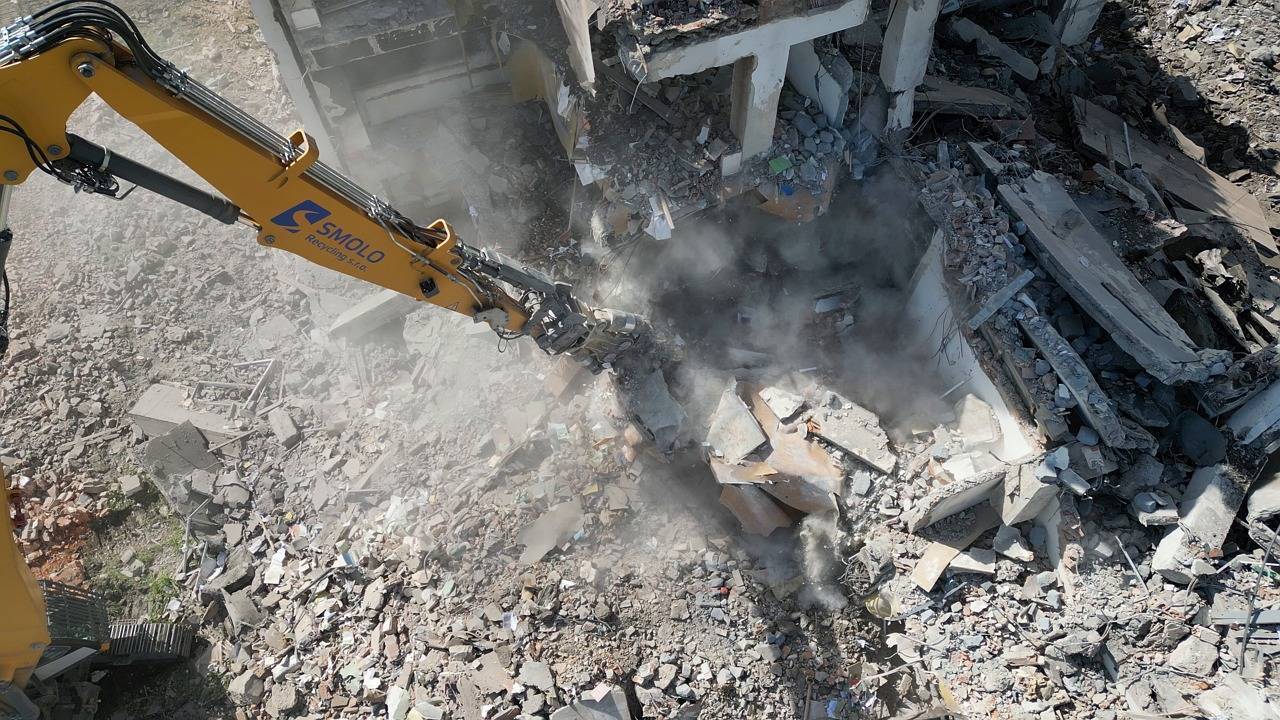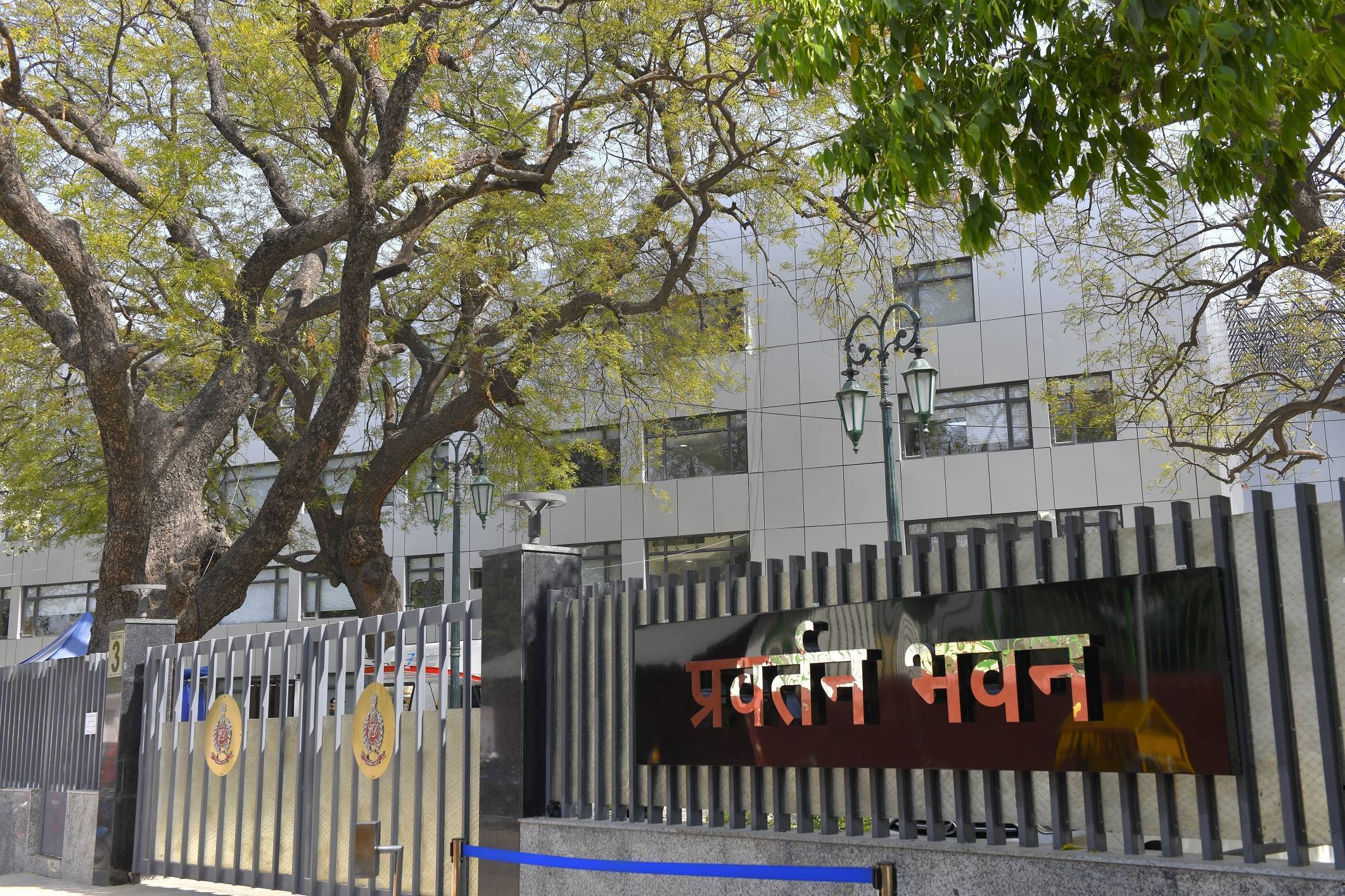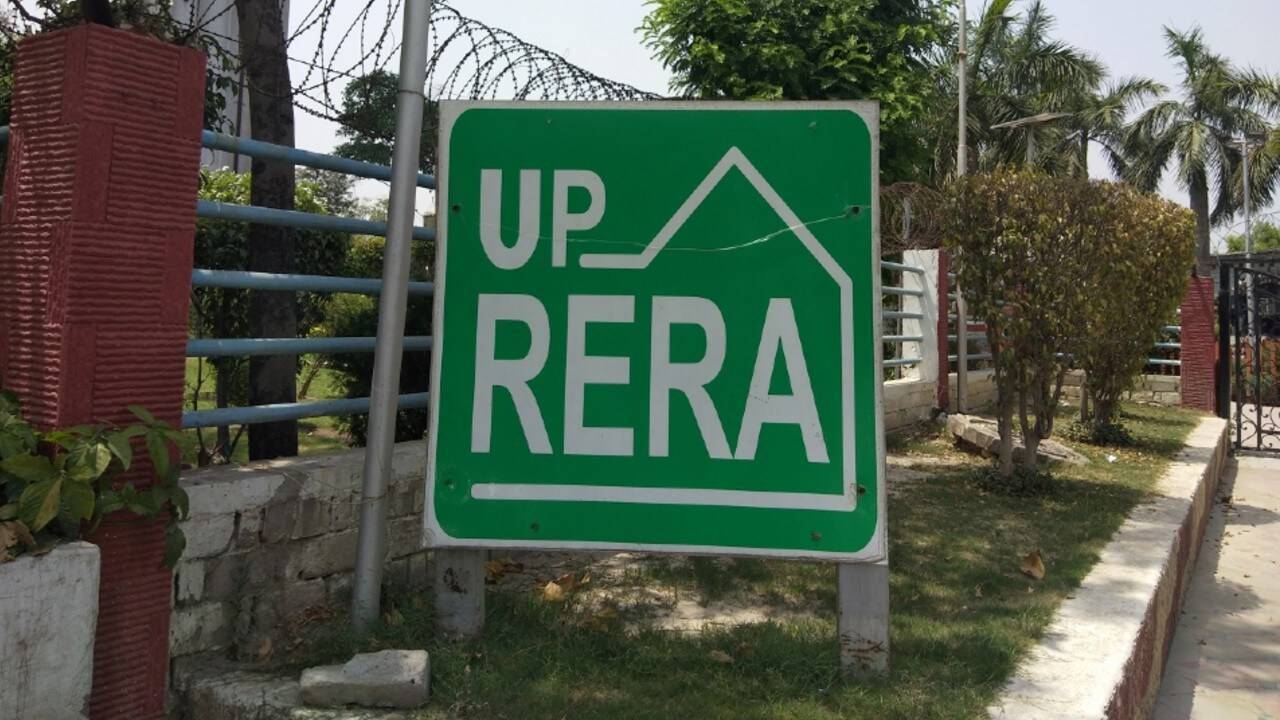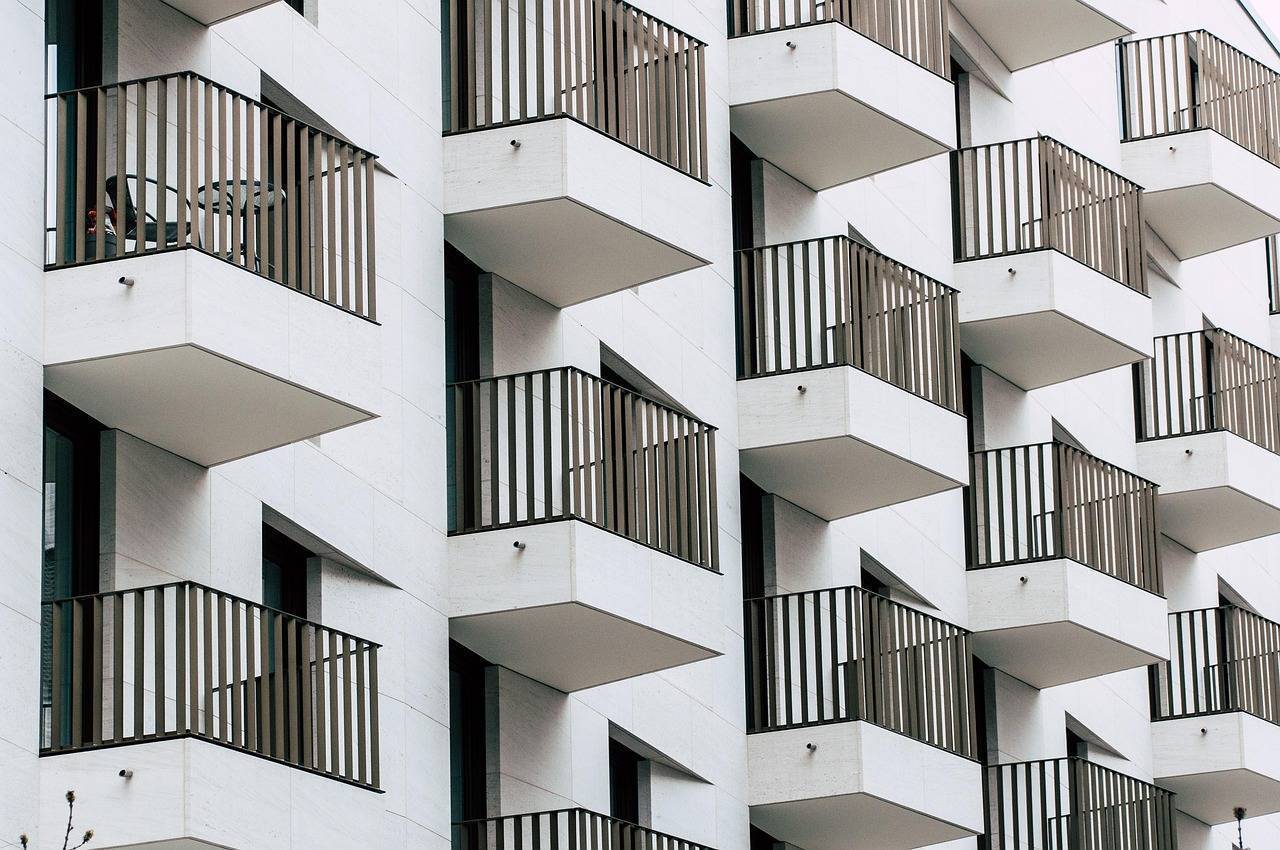The Haryana Shahari Vikas Pradhikaran (HSVP) has taken strict action against 18 architects who were found guilty of violating regulations by issuing illegal occupancy certificates (OCs) for buildings with four floors. This decision comes after the architects were discovered to have bypassed official guidelines, leading to significant legal and regulatory repercussions.
Violation of Guidelines
The controversy began when these architects approved OCs for buildings that exceeded the approved height limit. Despite the HSVP's clear restrictions on the construction of four-story buildings in February 2023, these architects approved OCs under the Self-Certification Rules, failing to ensure that the structures complied with building norms. The illegal nature of these approvals was further compounded by the fact that many of these structures did not have sanctioned plans for four floors and had not deposited necessary fees like the Floor Area Ratio (FAR) and External Development Charges (EDC), which are critical for legal occupancy certification.
The gravity of the situation was underscored by an investigation that found that around 58 houses had received OCs in direct violation of the rules. The violations came to light after the then-town planner listed the properties and initiated actions against the architects.
HSVP’s Response
In response to these violations, the chief town planner of HSVP has written to senior officials in the information technology department to remove the blacklisted architects’ IDs from the online building plan approval system. A detailed report on this process is expected soon and will be submitted for further review by the Department of Town and Country Planning (DTCP) director. An HSVP official commented that the blacklisted architects, who unlawfully certified several residential structures, will have their details published on the HSVP’s official website.
In July 2024, HSVP formally blacklisted these architects and sent a letter to the Council of Architecture, requesting the cancellation of their registrations. The cancellation process is under review and is expected to take a few months, during which the architects' careers hang in the balance. If the council confirms the cancellation, it will mark a significant step in ensuring compliance with construction norms and protecting the integrity of the OC issuance process.
Architects Involved
As per Times of India, the blacklisted architects include Anuj Yadav, Saurabh Kathuria, Pankaj Kumar, Himani Gupta, Amit Bhardwaj, Krishana, Ganendra Kumar, Manveer Bhadana, Vikrant Pundir, Arun Kumar, Ravi, Prabhat Kumar, Gaurav Singla, Puneet Kochar, Rohit Chugh, Ujjwal Saini, Neeraj Dixit and Ritika Anand.
Their involvement in issuing unlawful OCs for multiple buildings has led to their blacklisting, and their cases are under investigation. As the Council of Architecture continues its review, the architects face a precarious professional future, with the possibility of their licenses being permanently revoked.
The implications of this scandal are far-reaching, not only for the architects involved but also for the residents of the illegal buildings, many of whom may face significant difficulties in regularizing their properties or obtaining necessary approvals for future modifications.
Broader Implications for the Industry
This incident brings to light the challenges faced by the construction and real estate sector in maintaining transparency and adhering to government regulations. The misuse of the Self-Certification Rules, which were designed to streamline the approval process, raises questions about the effectiveness of such systems. While the intention behind self-certification is to reduce bureaucratic delays and empower certified professionals, the misuse of this power can lead to serious legal consequences for both the professionals and the property owners.
For property developers, architects, and real estate professionals, this incident serves as a reminder of the importance of complying with building regulations. It also highlights the need for stricter oversight and accountability in the construction approval process.
Way Forward
The blacklisting of these 18 architects by HSVP seves as a stern warning to others in the industry about the consequences of violating construction regulations. As the case unfolds, it remains to be seen what impact this will have on the broader regulatory framework governing construction and occupancy certifications. Moving forward, tighter controls and more stringent checks may be implemented to prevent such incidents from occurring again.









.png)